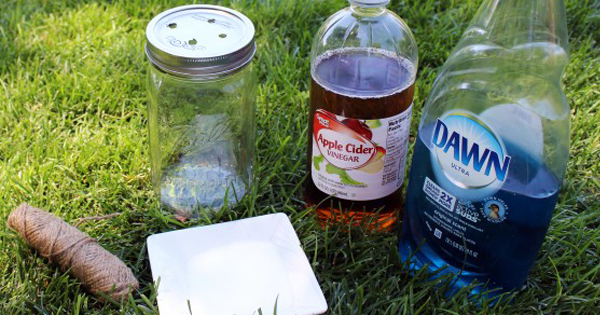Do you remember eating caramel apples as a kid?
You probably do, and maybe even your kid eats them. But now, it appears that these apples may have been responsible for more than just sticky teeth and jaw ache.
In fact, after a listeria outbreak in late 2014, these sweet treats were found to be the culprit.
The team tasked with interviewing 31 victims of the outbreak, which infected 35 and killed seven, they found one food that 90 percent of them had eaten: commercially produced and prepackaged caramel apples.
Listeria is one of those bacteria that persists against tough elements. It’s mainly found in soil and water, and it thrives in the cold. Listeria can cause fever, stiff neck, weakness, vomiting, diarrhea, confusion, and death. It’s possible for symptoms to lie dormant for up to three or four weeks.
Of course, caramel apples aren’t a usual hive for listeria. It’s the way they’re prepared that makes them dangerous.
When a stick is inserted into an apple, it moves just enough juice to the surface of the apple that it gets trapped under the candy caramel. That trapped moisture is the perfect place for listeria to grow.
But just because a lot of people in the outbreak had eaten caramel apples didn’t mean it was proven. So the study authors created a cocktail of four different strains of listeria linked with the outbreak, then swabbed them onto apples. Then, they only put sticks into half of the apples, then covered all of them in caramel.
The apples with sticks in them only needed three days before listeria grew 1,000 percent. The ones without sticks? The growth was delayed, even when stored at room temperature.
Without the stick inserted, hot caramel killed most of the bacteria. The ones that were left did survive, though.
So what’s your best bet? Dip your own apples, and eat them fresh.





